This article was written by Melanie Statnick
Imagine Craft has done it again with their irresistible Neon Pico Embellisher.
I like to paint on different types of surfaces and recently I have in position some wood feathers that have been cut for me. I painted them with black gesso with the intent on painting them with acrylic.
I knew that the Pico embellisher gave some great texture and I thought the 3D effect and the neon on black would look amazing. And it turned out perfect.
I also found that the clear Pico embellisher was great for creating boarders so I drew an abstract rose with it, dried it and painted in the negative space with watercolor. You can create thicker lines and thinner lines with the pressure you use while operating. The Pico tip is great for outlining and adding dots like I did in the canvas project. Happy creating.
~*~*~*~*~*~*~*~*~*~*~*~*~*~*~*~*~*~*~*~*~*~*~*~*~
Artist Melanie Statnick is a Published Artist/Writer out of North Carolina who writes and creates art daily from her private studio. Melanie is also the host of her own program via video and local PBS named The Brush & Pen a Nash Community College production. . Statnick’s artwork can be found in art galleries extensively in NC with international private collections.Visit her website to see more art and inspiration www.melaniestatnickart.com
~*~*~*~*~*~*~*~*~*~*~*~*~*~*~*~*~*~*~*~*~*~*~*~*~
.
.

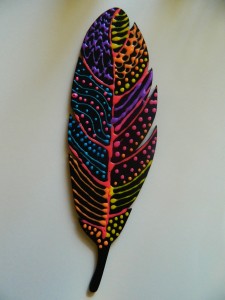
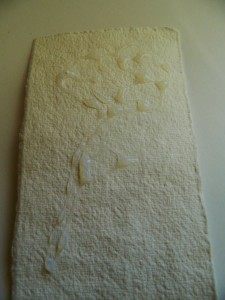


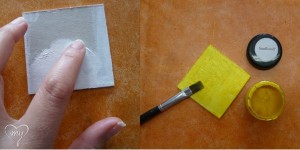






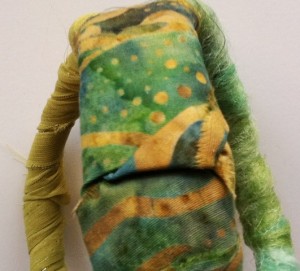
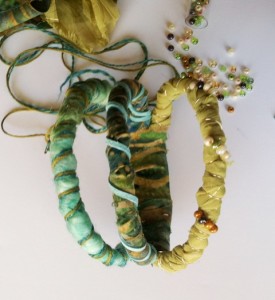


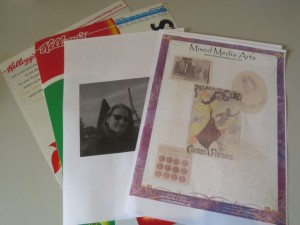







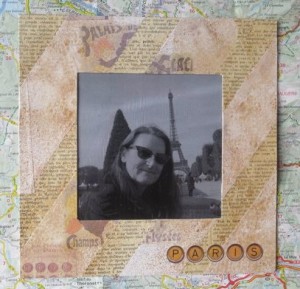



Recent Comments